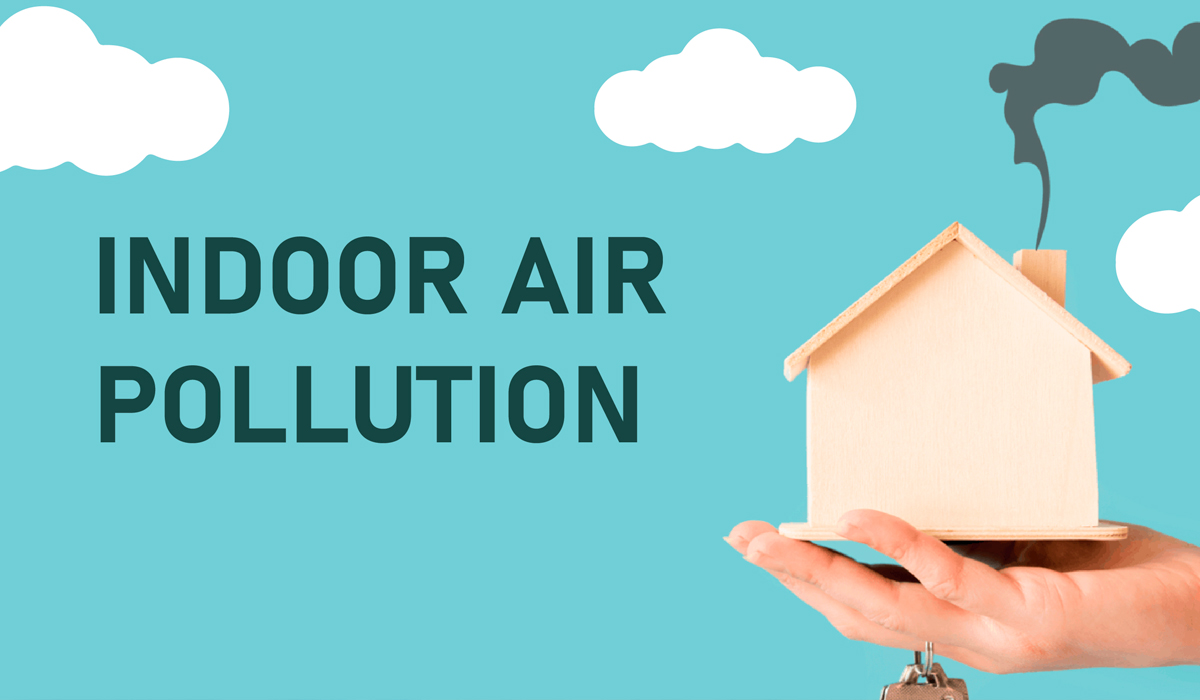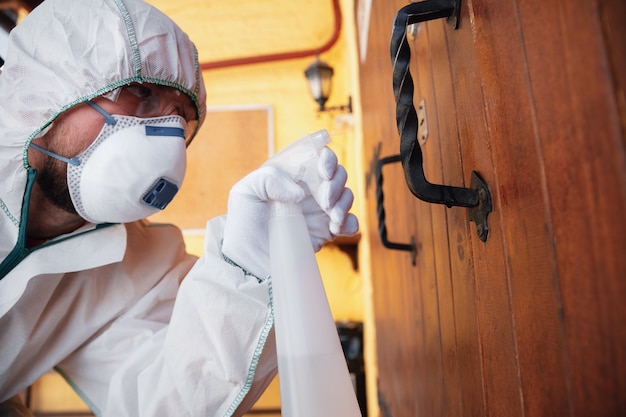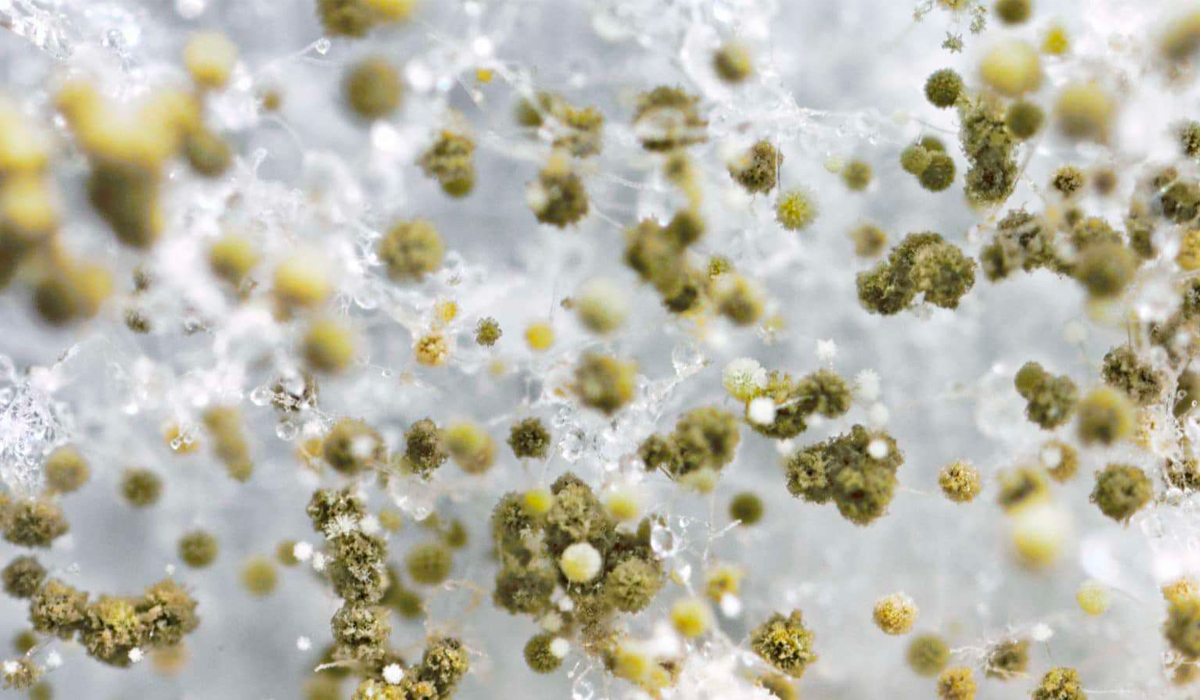
Indoor Air Pollution: Understanding the Risks and Solutions
Indoor air pollution has become a growing concern in modern times as we spend a significant amount of our lives indoors. The quality of the air we breathe within enclosed spaces has a profound impact on our health and overall well-being. In this article, we will delve deeper into the various aspects of indoor air pollution, including its causes, effects, and effective solutions. By gaining a comprehensive understanding of the risks associated with indoor air pollution, we can take proactive steps to improve the quality of the air in our indoor environments.
1. Understanding Indoor Air Pollution
Indoor air pollution refers to the presence of harmful substances in the air within buildings and structures. These pollutants can originate from various sources, such as building materials, household products, and external contaminants that infiltrate indoors. Some common indoor air contaminants include volatile organic compounds (VOCs), mold spores, allergens, and pollutants emitted from combustion processes. High levels of these pollutants can have detrimental effects on our health, leading to respiratory issues, allergies, and other related health problems.
2. Health Risks and Symptoms
Exposure to indoor air pollution can pose a range of health risks and lead to various symptoms. Poor indoor air quality has been linked to respiratory conditions like asthma, allergies, and chronic obstructive pulmonary disease (COPD). Additionally, it can cause headaches, fatigue, eye irritation, dizziness, and even more severe complications. Certain groups, such as children, the elderly, and individuals with pre-existing respiratory conditions, are particularly vulnerable to the harmful effects of indoor air pollution.
3. Identifying and Controlling Indoor Air Pollution
To effectively mitigate the risks associated with indoor air pollution, it is crucial to identify and control the sources of contamination. Here are some key strategies for improving indoor air quality:
3.1 Ventilation
Proper ventilation is crucial in maintaining good indoor air quality. By allowing the exchange of indoor and outdoor air, it effectively dilutes and removes pollutants. To enhance ventilation and minimize the accumulation of indoor air pollutants, consider practices such as opening windows, utilizing exhaust fans, and ensuring well-maintained HVAC systems.
3.2 Indoor Air Purification
Installing air purification systems can effectively remove airborne pollutants, including allergens, VOCs, and mold spores. High-efficiency particulate air (HEPA) filters and activated carbon filters are commonly used in air purifiers to capture and eliminate these contaminants. Investing in an indoor air purifier can significantly improve the overall air quality in indoor spaces.
3.3 Humidity Control
Controlling indoor humidity levels is crucial in preventing the growth of mold and mildew, consequently contributing to poor indoor air quality. Excess moisture in the air creates an ideal environment for the proliferation of mold and other indoor air pollutants. Therefore, utilizing dehumidifiers and ensuring proper ventilation in moisture-prone areas can effectively reduce the risk of indoor air pollution caused by dampness.
4. Testing and Monitoring Indoor Air Quality
By regularly testing and monitoring indoor air quality, you gain valuable insights into the presence and levels of pollutants. Moreover, professional indoor air quality assessments can pinpoint specific issues and offer guidance for implementing suitable remediation measures. Additionally, there are now affordable indoor air quality monitors and sensors available for personal use to keep track of air quality on a regular basis. By actively monitoring indoor air quality, we can take timely action to address emerging issues and ensure a healthier living environment.
5. Guidelines for Indoor Air Quality
Several organizations and agencies have established guidelines and standards for indoor air quality. These guidelines help define acceptable pollutant levels and provide recommendations for maintaining a healthy indoor environment. Adhering to these guidelines can significantly contribute to reducing the risks associated with indoor air pollution. Familiarizing ourselves with these guidelines and implementing the recommended practices can go a long way in
safeguarding our health and the well-being of those around us.
Conclusion
Implementing ventilation, using air purifiers, controlling humidity, and monitoring air quality reduce indoor air pollution. Prioritizing clean indoor air creates a healthier, safer living environment.




